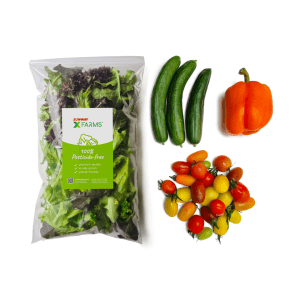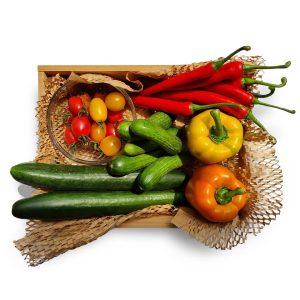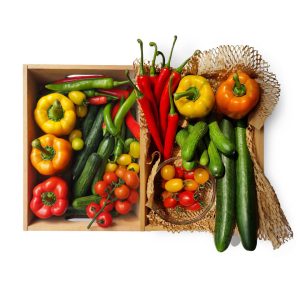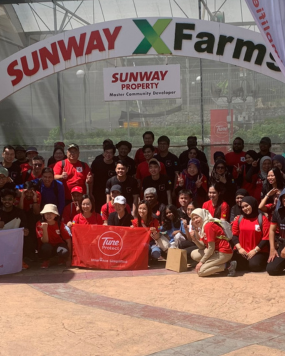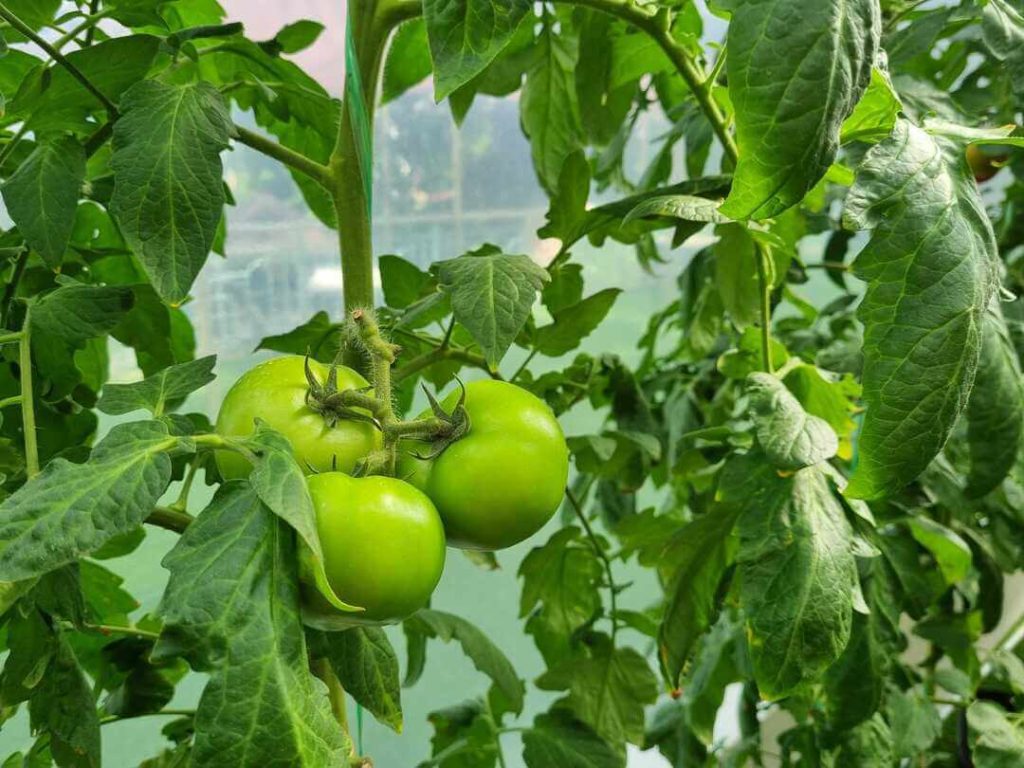
The general belief is often that organic vegetables are superior to conventionally grown produce. Most will tell you that the only difference between them is the presence or absence of chemical fertilizers. But does that mean organically grown vegetables are really better?
While there are drawbacks to intensive, traditional farming methods, we have to look at each farming method’s strengths & weaknesses in a holistic manner. Agriculture is important in that it addresses our daily dietary needs; however, there are many pressing issues in this essential industry.
Agriculture is part of the top 5 most polluting industries, while further having a hand in 3 others in that same ranking (transportation, energy, food retail). In order for this industry to improve its practices and become more sustainable, let us have a look at the origins of commonly known farming methods & why they are still practiced today.
Why conventional farming exists
There is a lot of talk about the downsides of traditional farming– our current agricultural practices use up to 70% of global freshwater, 50% of habitable land, and is responsible for over 26% of global greenhouse gas emissions. Although downsides weigh heavily, the reason why conventional farming exists is that it is the backbone that feeds the global population.
Without the use of fertilizers & pesticides, addressing global food security would be extremely difficult due to the discrepancy in harvest yield. A recent example of this would be the Sri Lanka organic farming crisis, where President Gotabaya Rajapaksa banned the use of synthetic fertilizers & pesticides overnight. This resulted in major consequences, including a 20% drop in rice production, forcing the once self-sustaining country to spend over 50 million more on rice imports than the funds saved from the fertilizer ban. Although factors of the crisis include timing, the implementation deadline, and lack of support for the switch, the drop in harvest can be mainly attributed to a lack of growth support from the banned items (ie. synthetic fertilizers).
Conventional farming is what feeds more than half the world. Not only does its ability to grow more food on less land is what helps developing countries stay self-sufficient, it further helps these countries earn export income. Sri Lanka was one of the countries that got out of poverty during its agricultural Green Revolution in the 1960s, when synthetic fertilizers were subsidized and harvest yields doubled.
Why organic farming exists
Of course, intensive farming comes with a myriad of drawbacks, including but not limited to the pollution of soil, water, and health issues such as pesticide poisoning. Everyone is aware of the industry’s pollution, and turns to look for an alternative option– a more natural one.
That gave rise to organic farming. To reduce intense biodiversity loss & offer returns to the soil of land used. The requirements of organic produce include no genetic modifications (no GMOs), no chemical or synthetic fertilizers & pesticides, no antibiotics & the rotation of crops.
Often organic crops are smaller in size while being slightly more expensive, and some shoppers feel more secure buying vegetables with some bug bites as “proof” of the lack of pesticides.
Which is better: Conventional or organic farming?
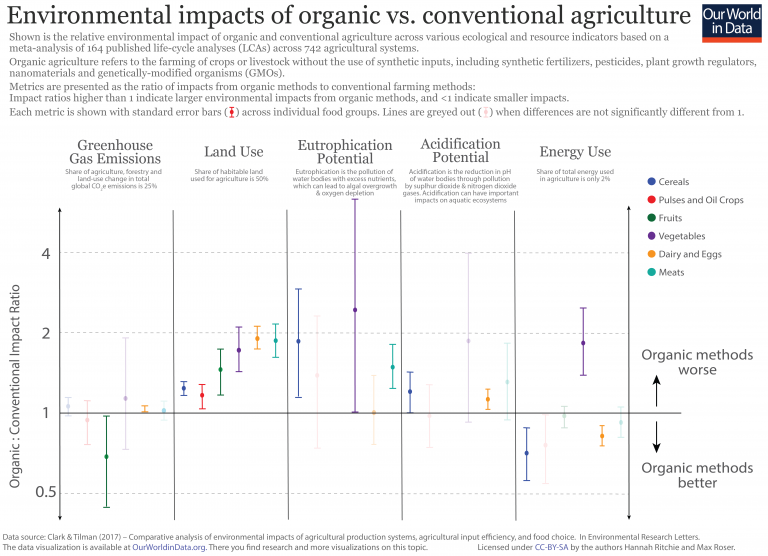
Of course, there is no black & white answer. There is a reason why both are still practiced. If there was no organic farming, pesticide poisoning would be imminent, the destruction of biodiversity in lands would be grave, and soil nutrients would be severely depleted.
If there was no conventional farming, the fight for land between feeding people and housing them would have clashed way earlier and more than it has now, and global food production would drop by 40%. causing food crises / world hunger to be more severe.
Data has shown that organic farming systems have actually consistently performed worse in terms of use of land, soil acidification & fertilizer eutrophication (a major source of nutrient input into aquatic ecosystems). Agriculture uses 50% of global habitable land, and organic farming requires more land to grow the same amount of crops than that of conventional farming, due to its smaller harvest.
Furthermore, while organic farming is considered to have less pesticides than conventionally grown produce, often the natural fertilizers used in organic agriculture tend to cause more wasted nutrients that end up flowing into waterways due to its nature of being slow-release.
The timing of nutrient release does not always match up with the demands of the crops, not to mention the release is further affected by weather, soil moisture & temperament. When the excess nutrients are finally released but no longer taken up by crops, this is when they run off farmland into waterways. Consequently, waterway pollution from acidification and eutrophication is often higher in organic farming rather than traditional farming.
Moreover, organic fertilizers such as raw manure can pose health hazards if accidentally consumed. There is a risk of them holding bacteria such as E.coli, listeria and salmonella. For the application of raw manure, it is required for application to be done at least 90-120 days before harvest, depending on the crop type.
Does that mean organic farming is worse than conventional farming? As previously stated, both farming methods have their own pros and cons, and need to be balanced with each other as no one farming method is going to solve the hunger of the world. Conventional farming also has to take responsibility to avoid applying excess fertilizers, as studies have shown that doing so can increase crop yield while reducing fertilizer expenses & waterway pollution from excess application.
How else can changes be made?
Of course, we are not just limited to two types of farming practices. Many others have popped up in recent years as a way of providing alternatives, and with the use of each, perhaps a balance can be found.
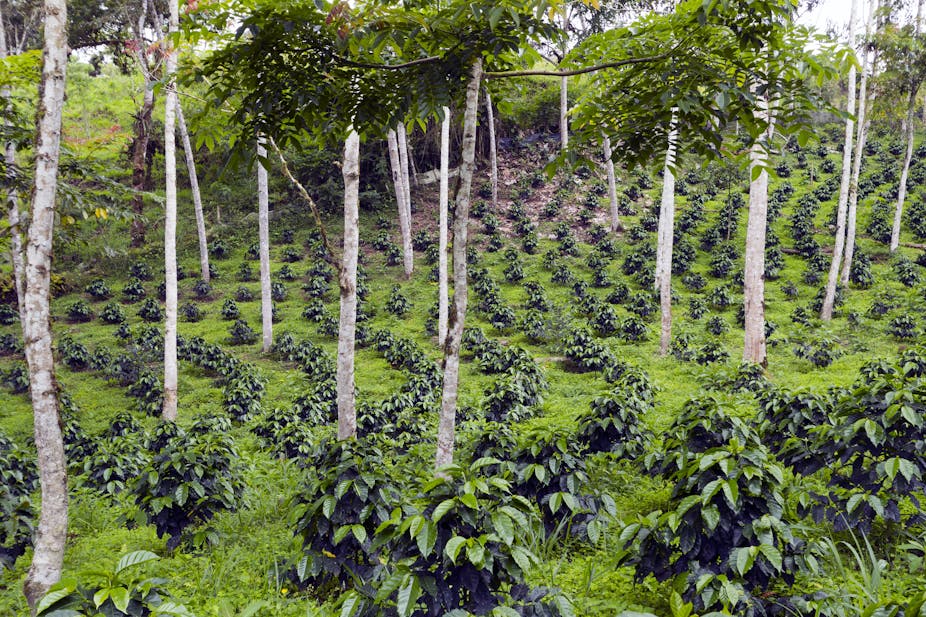
Forest farming
Forest farming or Multi-story cropping is a practice combining small-scale farming with conventional forestry. This type of farming method is usually reserved for high-value crops and trees that are naturally grown in the wild such as berries or chestnuts, which acts as a canopy for the layered shrubs and crops growing beneath them. Although it is not cultivated with feeding the world in mind, forest farming plays an important role in forest conservation.
Permaculture
Permaculture is a type of practice that puts nature first & grows solely what nature allows it to. It was developed in the 1970s, and branches off into agroforestry, hill farming, companion planting, market gardening, and other subcategories. This requires an assessment of how to work with nature in any given piece of land before starting, heavy & diverse crop rotation, and slow change systems.
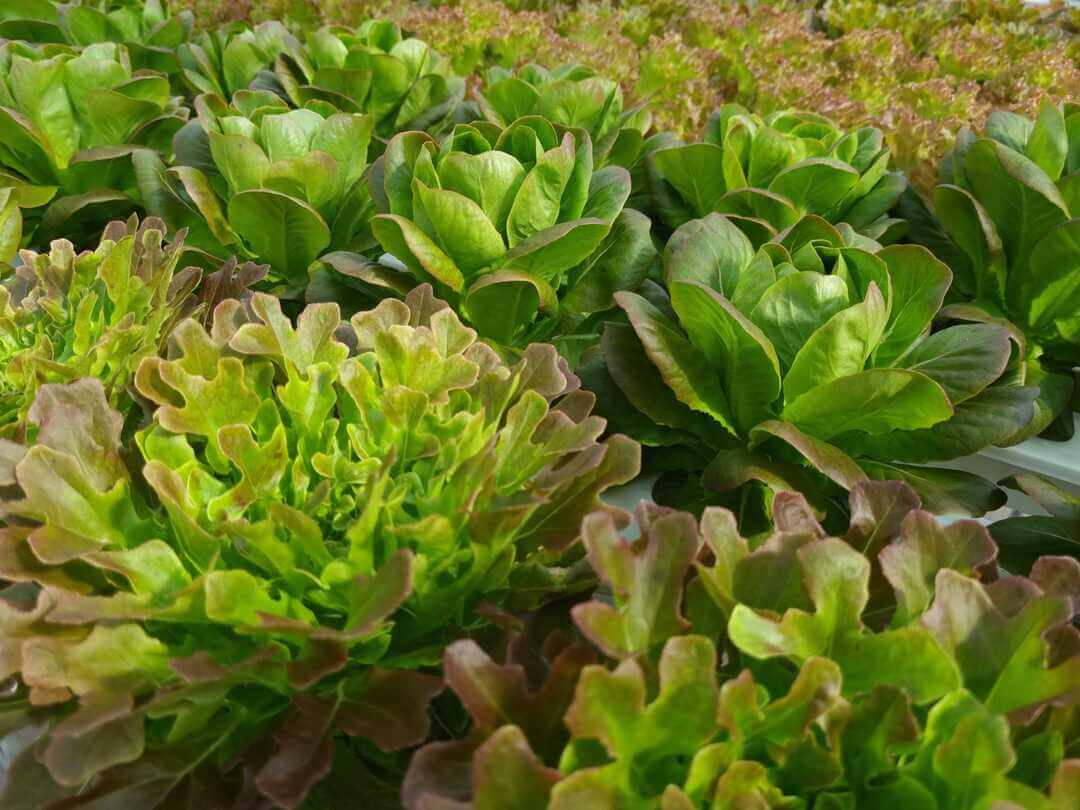
Pesticide-free farming
This can be done via controlled environments such as greenhouse and indoor growing. Not only do controlled environments allow the cultivation of uncommon crops that are often imported, but by avoiding pesticides altogether, the acidification and eutrophication of water and land is taken out of the equation. Some pesticide-free farming methods such as hydroponic growing avoid the use of soil altogether for crops such as leafy greens. This also prevents soil erosion & can save up to 90% of water through a circular, water-growing based system.
At Sunway XFarms we grow in underutilized city buildings, turning once-abandoned spaces– found in over 35% of urban cities, into green growing ones.
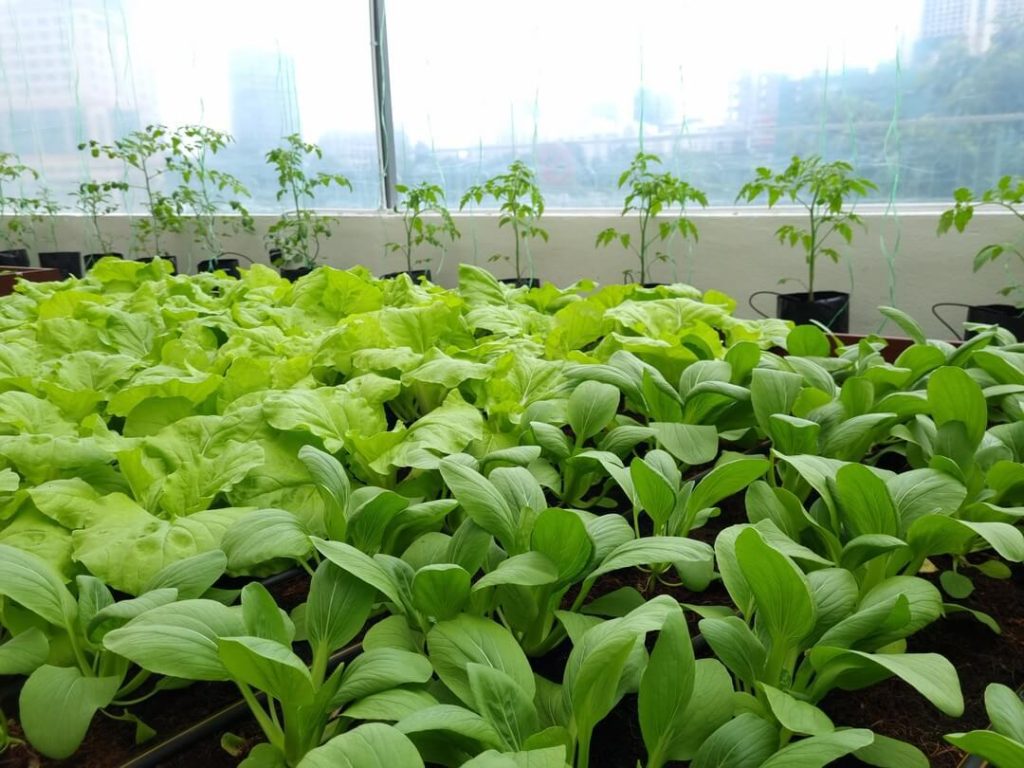
Does pesticide-free farming = organic?
Although the general public believes pesticide-free and organic to be interchangeable, the answer is no. The reverse holds true where organic vegetables do not mean or guarantee that the produce is pesticide-free.
Organic farming uses natural pesticides, which are commonly known to be less “persistent” than synthetic alternatives & break down in the environment faster. However, it does not mean that all organic pesticides are safer or less toxic than their synthetic counterparts.
As organic pesticides will break down in the environment faster, it may be required to be applied more often to get the desired effect. This can result in a larger quantity of pesticides being added than a lesser amount of more persistent pesticide.
Studies have also shown that under certain circumstances, organic pesticides can also have a greater negative impact to the environment, including harming biological control organisms.
Pesticide-free farming on the other hand is as the name describes– growing without the use of any pesticides. Of course, this has to be done in controlled environments that are safe from pests. But its ability to grow in just about any space, including underutilized city spaces such as rooftops or vacant buildings, is a trait that mustn’t be overlooked, as it addresses a way to feed the growing human population with less space.
Ways you as a consumer can make a change
Spreading awareness
Power lies in the people, and change cannot be made without knowing and understanding our food systems thoroughly. It is important for us to understand that each farming practices have its strengths & weaknesses; only then can we further develop appropriate changes and improvements to each system, or even come up with new systems; ultimately, moving towards a sustainable agricultural future.
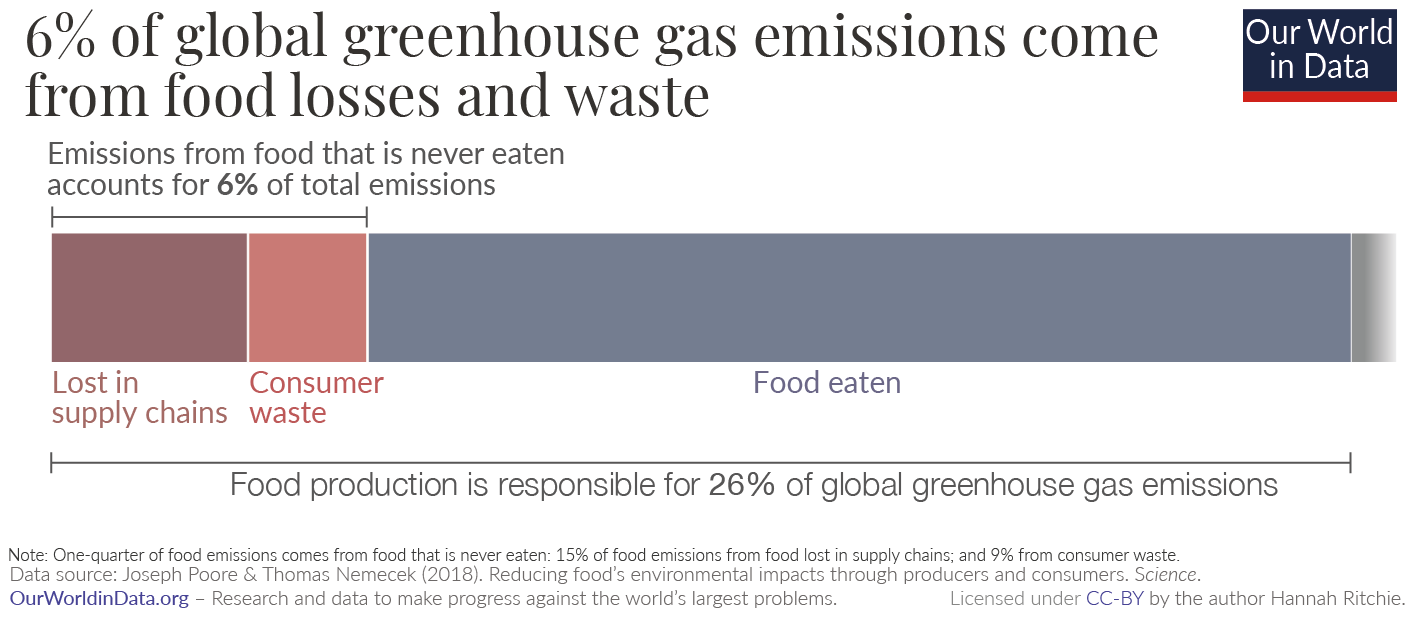
Buy just enough
Food waste makes up 6% of global greenhouse gas emissions. In Malaysia alone, up to 17,000 tonnes of food waste is produced daily, of which 4,005 tonnes (4,005,000kg, to put it in perspective) are still edible. Greenhouse gas emissions from food waste are one of the simplest to reduce, and the easiest way to do so is to buy just enough! Not only do you make a positive change to the planet, you can save money too.
Compost your raw waste or feed some stray animals
Raw kitchen waste when we prepare our daily meals can be easily composted at home, whether you want to bury them in soil or use a compost kit. For cooked foods, Malaysia is home to many stray animals. If you’d like to go the extra mile to bring some relief to them, most would be happy to enjoy a mixed meal of your homecooked leftovers (just avoid feeding foods that are poisonous to them).
Try a vegetable Subscription
Although it doesn’t sound very intuitive, a vegetable subscription can help reduce food wastage at its very core. This is because vegetables take up to 7 weeks to grow, whereas demand can fluctuate any other day. By opting to subscribe to weekly vegetables & notifying in advance when you’d like to stop, planting plans can be adjusted to reduce excess crops. Farms produce a lot of excess crops, of which sometimes up to 55% are left in the field to rot. Fun fact! When you buy direct from farm, you also reduce edible but ugly produce that get rejected and discarded from transportation damage & grocery store standards.
Get started with making a change today, subscribe to sustainably grown, pesticide-free vegetables with us.
Monthly Growner - Gourmet (Salad Leaf Mix + Fruity Vegetables)
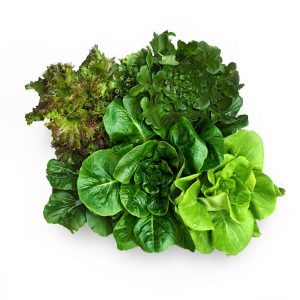
- Select options This product has multiple variants. The options may be chosen on the product page
Monthly Growner 1 - Leafy
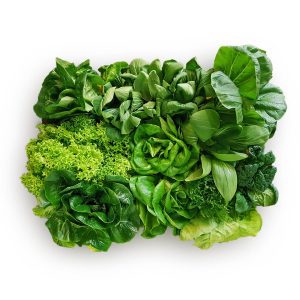
- Select options This product has multiple variants. The options may be chosen on the product page
Monthly Growner 2 - Leafy
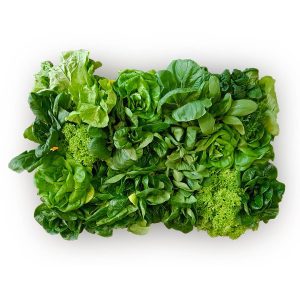
- Select options This product has multiple variants. The options may be chosen on the product page

